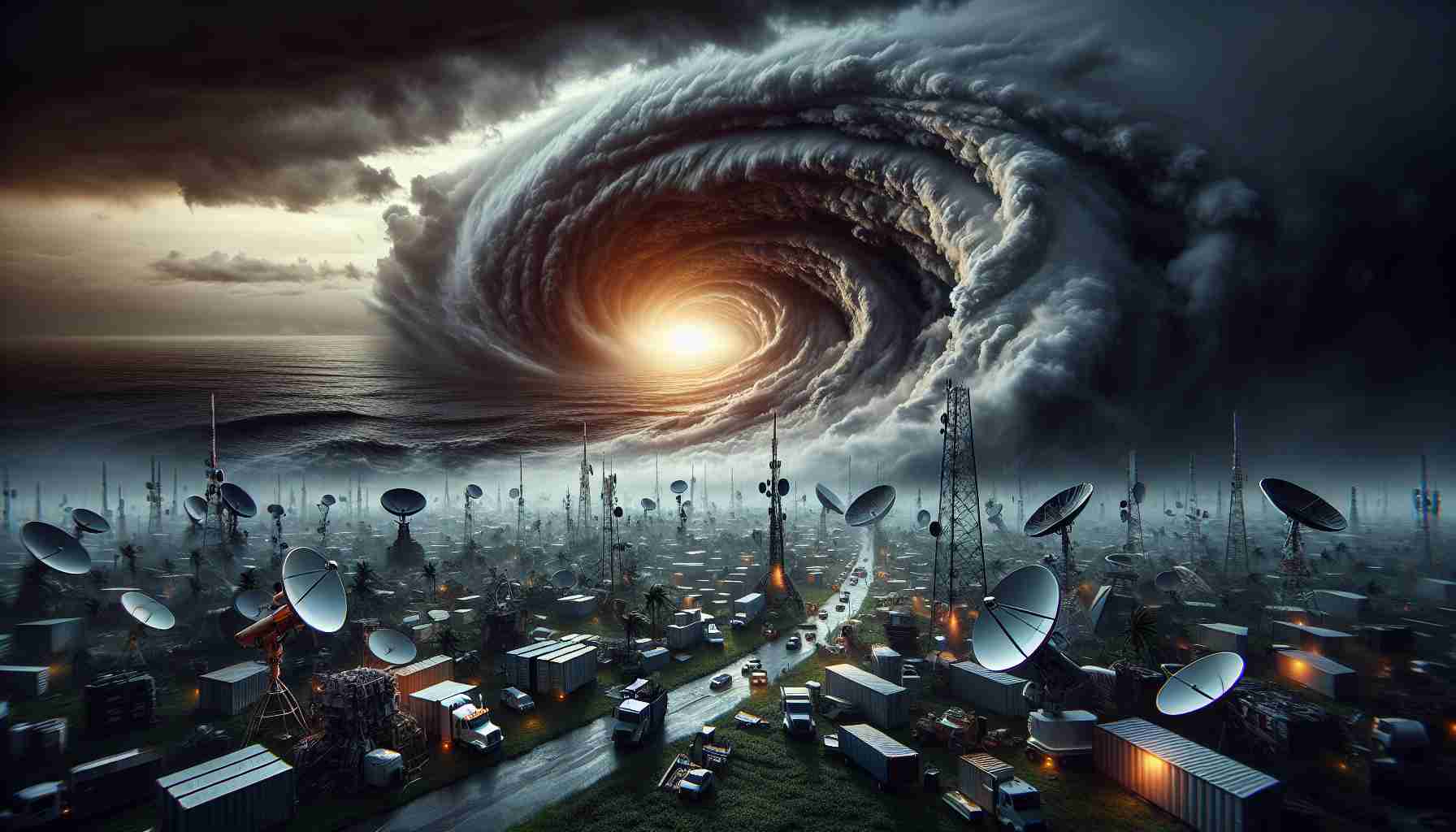In the wake of Hurricane Helene, Elon Musk’s SpaceX announced a promotion intended to assist those affected by the disaster. The company declared that its Starlink satellite internet service would be complimentary for a period of 30 days, aimed at regions where traditional internet and cellular networks might have collapsed. Tragically, the hurricane claimed over 200 lives, highlighting the urgency for communication in devastated areas.
However, this generous-sounding offer has several significant limitations. Interested users must still purchase a Starlink dish for around $400, which includes shipping and tax. When the complimentary month concludes, users are automatically transitioned into a $120 monthly subscription, meaning they are not truly receiving a free service.
A recent investigation revealed additional complications surrounding this offer. Residents in Boone, North Carolina expressed skepticism, pointing out that areas significantly affected by the hurricane likely wouldn’t be receiving deliveries of the Starlink equipment. Moreover, the need for an internet connection to order and activate the service generated criticism, suggesting that those with connectivity could likely have their traditional service restored more promptly.
Power availability is another critical issue. Many potential users lack electricity to operate the Starlink dish, necessitating generators that are not standard purchases for most households. While Starlink has proven effective in conflict zones like Ukraine, the enthusiasm for this initiative has been tempered by the logistical realities and costs involved.
Starlink’s Controversial Offer During Hurricane Helene: A Deeper Look
In a move that garnered both praise and criticism, Elon Musk’s SpaceX announced a promotion for its Starlink satellite internet service following the devastation wrought by Hurricane Helene. While the offer aimed to provide complimentary internet access for affected regions, it raised several crucial questions and highlighted significant challenges.
What are the main criticisms of Starlink’s offer?
Starlink’s proposition, while seemingly benevolent, is fraught with logistical and ethical concerns. Customers must still purchase the Starlink satellite dish for about $400, which dilutes the perception of receiving a ‘free’ service. Critics argue that this prerequisite places a financial burden on those who are already struggling in the aftermath of the hurricane.
What challenges do residents face when trying to access this service?
A significant challenge is the accessibility of Starlink equipment during a crisis. Areas severely impacted by the hurricane may be experiencing disrupted supply chains, leading to delays in equipment delivery. Residents in places like Boone, North Carolina, have voiced their skepticism, questioning how effectively such a promotion can help those whose homes are uninhabitable or who lack basic resources.
How does this initiative compare to traditional relief efforts?
While conventional disaster relief often provides immediate resources such as food, shelter, and traditional communication channels, the Starlink offer reflects a shift towards technology-driven solutions. However, the reality is that in emergency situations, essential services need to be prioritized over tech marketing strategies. Many affected individuals may have trouble navigating Starlink’s service setup, particularly if they lack electricity or internet connection to initiate their subscriptions.
What are the advantages of Starlink’s offering?
Starlink’s satellite internet service does offer potential benefits, particularly in remote or disaster-ravaged areas where conventional internet providers may be unable to restore service promptly. Its ability to bypass terrestrial infrastructure makes it a compelling choice in emergencies, where traditional towers may be compromised.
Furthermore, Starlink has demonstrated value in other disaster-related scenarios, such as providing connectivity in war-torn regions where communications are otherwise restricted. This suggests a broader capability to deliver internet access in urgent situations, albeit with caveats concerning cost and infrastructure.
What are the disadvantages of relying on Starlink in emergencies?
Despite its advantages, the reliance on Starlink has drawbacks. Users face significant hurdles related to cost, accessibility, and dependency on additional resources such as generators for power. Moreover, individuals without pre-existing internet access may struggle to navigate the ordering process or deal with subscription management once the complimentary month ends.
Conclusion
Starlink’s controversial offer during Hurricane Helene touches on significant aspects of disaster response, technology use, and accessibility in crises. While the initiative aims to bridge communication gaps, it raises important questions about inclusion, the prioritization of support, and the feasibility of such tech-based solutions in emergency situations.
For more information on Starlink and disaster recovery efforts, visit SpaceX.












